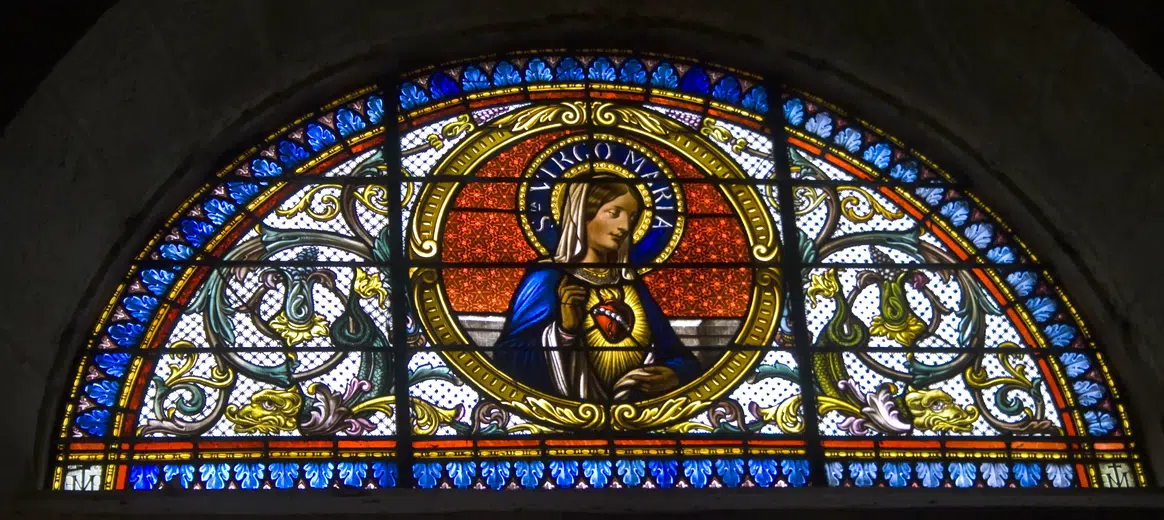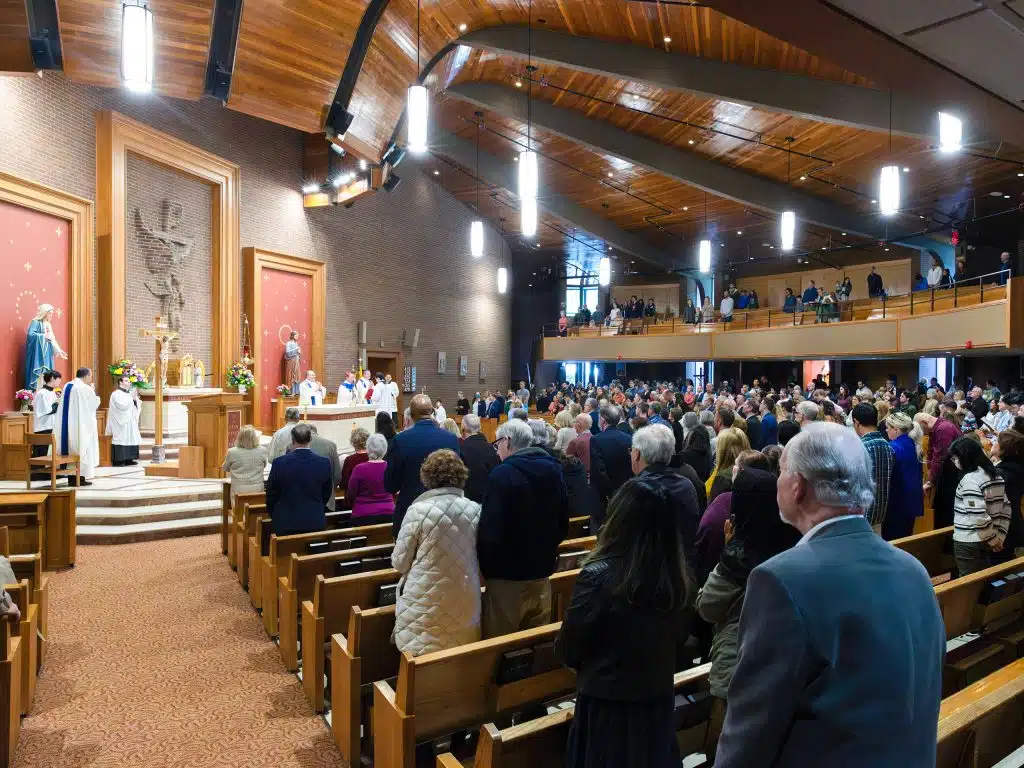Every Aug. 15, the church universal celebrates that moment in history when “the Immaculate Mother of God, the ever-Virgin Mary, having completed the course of her earthly life, was assumed body and soul into heavenly glory” (Pope Pius XII). Mary’s Assumption (known as the Dormition, or falling-asleep, in the Eastern churches) is celebrated not only because it commemorates the conclusion of her earthly life, but also because her Assumption is what constitutes “our life, our sweetness, and our hope.” In Mary, “we contemplate what the church already is … and what she will be in the homeland at the end of her journey” (Catechism of the Catholic Church, 972). Mary is the eschatological icon of the church, the glorified image of what we hope to become after wandering in this vale of tears. She is the first to be divinized, glorified in body and soul. Her own falling asleep in the Lord “is a singular participation in her Son’s Resurrection and an anticipation of the resurrection of other Christians” (Catechism, 966).
The New Testament doesn’t record the end of Mary’s life, nor do we have any discussion of her last days, until the late 4th century when Epiphanius describes the opinions of his day concerning her fate, ultimately concluding, “No one knows her end.” Nevertheless, the church doesn’t hesitate to find this dogma of our faith hidden in the Hebrew Scriptures, waiting to be revealed (especially through the liturgy) by an allegorical and typological reading. To understand typology is to read the Scriptures with the “mind of Christ” (1 Cor 2:16); it is to read them with Christ as the two disciples did on the road to Emmaus when Jesus, “interpreted to them in all the Scriptures the things concerning himself” (Lk 24:27). Typology “discerns in God’s works of the Old Covenant prefigurations of what he accomplished in the fullness of time in the person of his incarnate Son” (Catechism, 128).
Marian doctrine revealed through typology originates first in discerning Christ as New Adam (1 Cor 15:45-47). “What the Catholic faith believes about Mary is based on what it believes about Christ, and what it teaches about Mary illumines in turn its faith in Christ” (Catechism, 487). Marian doctrine, like a tender mother, guards and protects Christological doctrine. If we call her Mother of God, her Son truly is God. Thus, Mary becomes the New Eve, mother of the king, seat of wisdom, mystical rose, tower of David, morning star, gate of heaven, and daughter of Zion.
The dogma of the Assumption is unveiled typologically through a meditation on Mary as the ark of the covenant, which contains the new manna and eternal high priest, the Incarnate Word. No one can read, for example, Mary’s visit to Elizabeth in Luke’s Gospel (Lk 1:39-56) without seeing the fulfillment of David bringing the ark to Jerusalem (2 Sam 6). As Mary “arose and went with haste into the hill county” of Judea, so too a thousand years earlier did David, who, upon seeing the Ark, cried out, “How can the ark of the Lord come to me?” Seeing Mary, Elizabeth asked how “the mother of my Lord should come to me?” As David had danced before the ark, John leapt within his mother’s womb. As the ark stayed in the house of Obed-edom three months, Mary remained three months in the house of Zechariah. Just as Elizabeth “filled with the Holy Spirit … exclaimed with a loud cry,” so too did the people exult before the ark of the Lord (1 Chron 15:28; 16:4-5; 2 Chron 5:13).
In the Apocalypse, John saw the ark of the covenant but beheld “a woman clothed with the sun” (Rev 11:19-12:1). Her “child was caught up to God and to his throne” and she fled to “where she has a place prepared by God” (Rev 12:5-6). And at the Last Supper Jesus said, “I go to prepare a place for you” (Jn 14:2). As the Psalmist wrote, “Arise, O Lord, and go to thy resting place, thou and the ark of thy might” (Ps 132:8). The true ark, the immaculate Mother of God, has been taken up to a place prepared for her, a place prepared for us, to reign with her Son. She is our confident hope that we too will be glorified in body and soul to reign with him forever.
Wallace is an adjunct professor at Christendom Graduate School of Theology in Alexandria.



